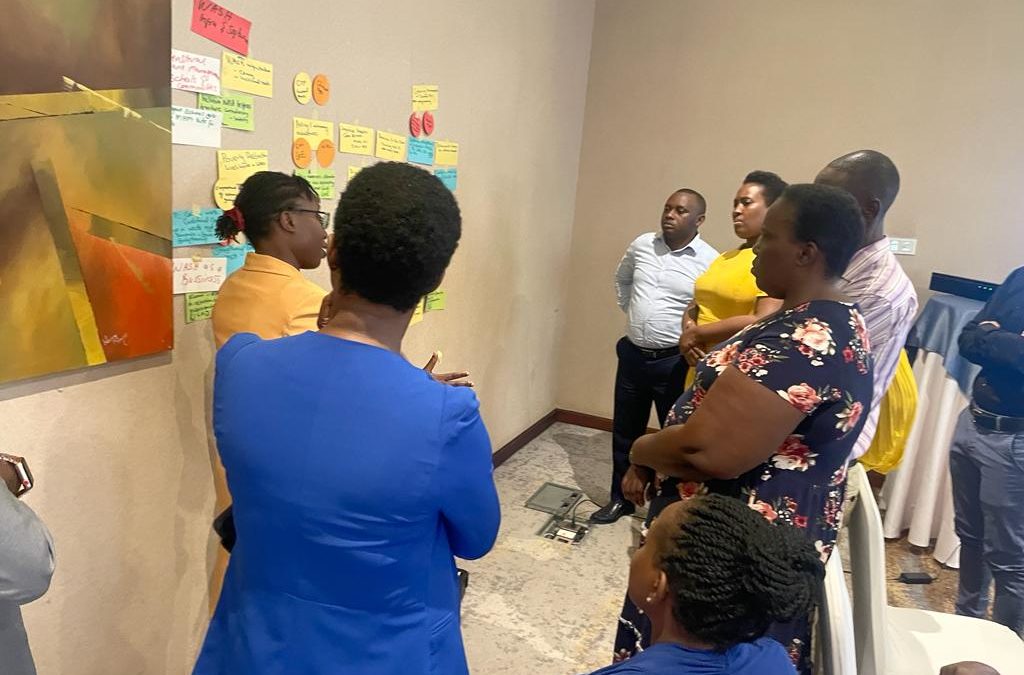Consultants team based in Uganda are conducting Gender Gap Analysis within ERCS and URCS to support and enable the Skybird II planning to consider gender equality as its significant objective (to make Skybird II a Gender Marker 2 project).
In March 2023, the team traveled to two Skybird micro project beneficiary communities in Uganda (Iganga and Napak District) and two Skybird micro project beneficiary communities in Ethiopia (Sidama – Yirba 01 and West Arsi – Diki-Hora) and made Focus Group Discussion and Key Informant Interview data collections. ERCS and URCS staffs were also consulted.
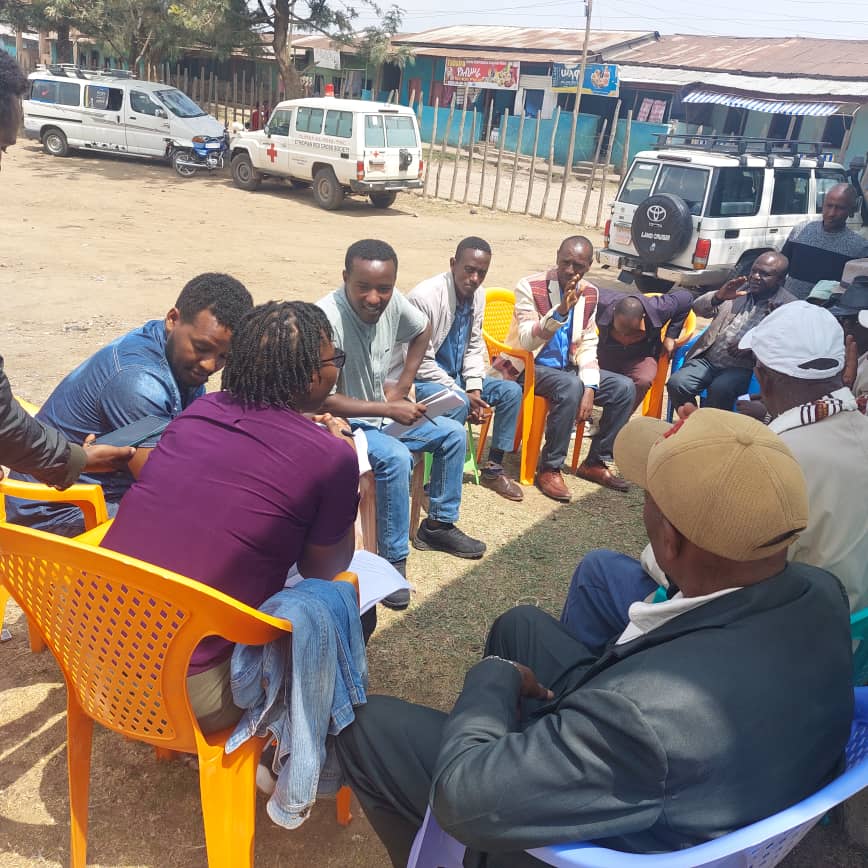
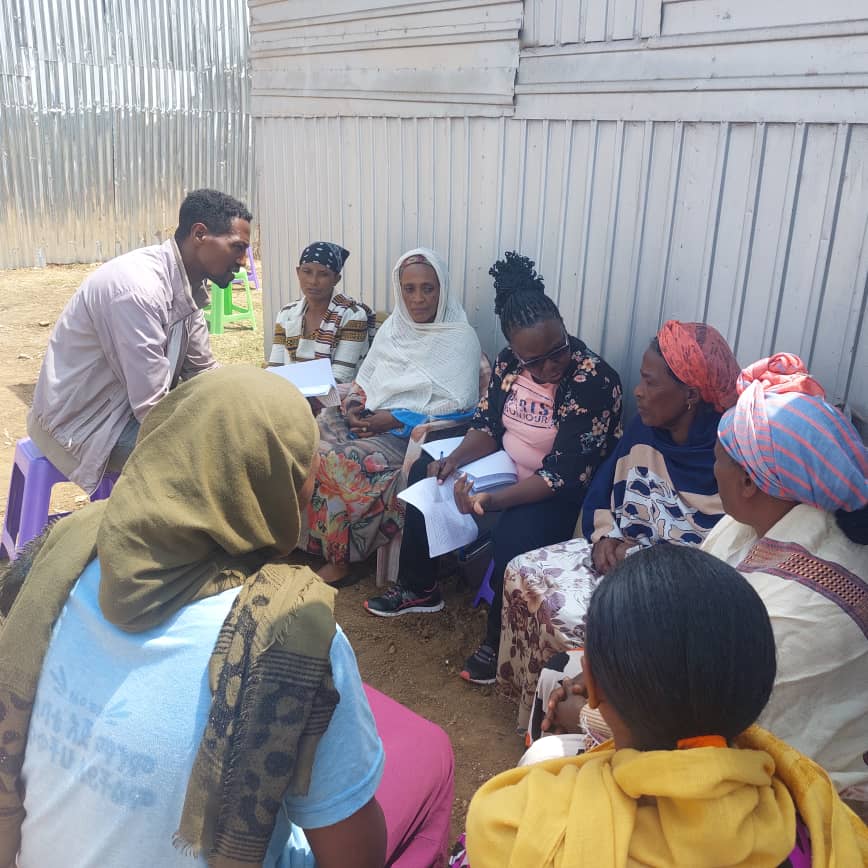
Objective of the Gender Gap Analysis is to assess the WASH micro projects implemented under the Skybird I in Ethiopia and Uganda and the beneficiary communities in the following areas:
- Identifying Gender, Protection, and Inclusion (PGI) specific gaps in the WASH sector specifically to women’s and men’s equal participation and access to sector services.
- Identifying Gender, Protection and Inclusion Barriers in WASH
- Identifying Gender Protection and Inclusion best practices and lessons learned in Skybird I
- Identifying existing policies, structures and practices that promote gender equality and equitable access to and utilization of WASH Elements in general and in the two participating NRCs (ERCS and URCS).
The process included:
- Review of various reference documents both internal to NRCS and others from the public domain.
- Focus group discussions and key informant interviews in two Skybird micro project beneficiary communities in Uganda (Iganga and Napak District) and two Skybird micro project beneficiary communities in Ethiopia (Sidama – Yirba 01 and West Arsi – Diki-Hora).
- Consultations with staff members from URCS, ERCS, AutRC and IFRC
A total of 207 individuals (102 female and 77 male adults and 10 female and 18 male youth) were interviewed.
Following the data collection, a Design Workshop was held on the 13th of March 2023 in Uganda, where the consultant team presented the first draft of their Gender Gap Analysis findings. Based on the gap and need findings from the discussions at the community, program and organizational levels, the workshop participants discussed on programmatic actions and solutions to the gaps.
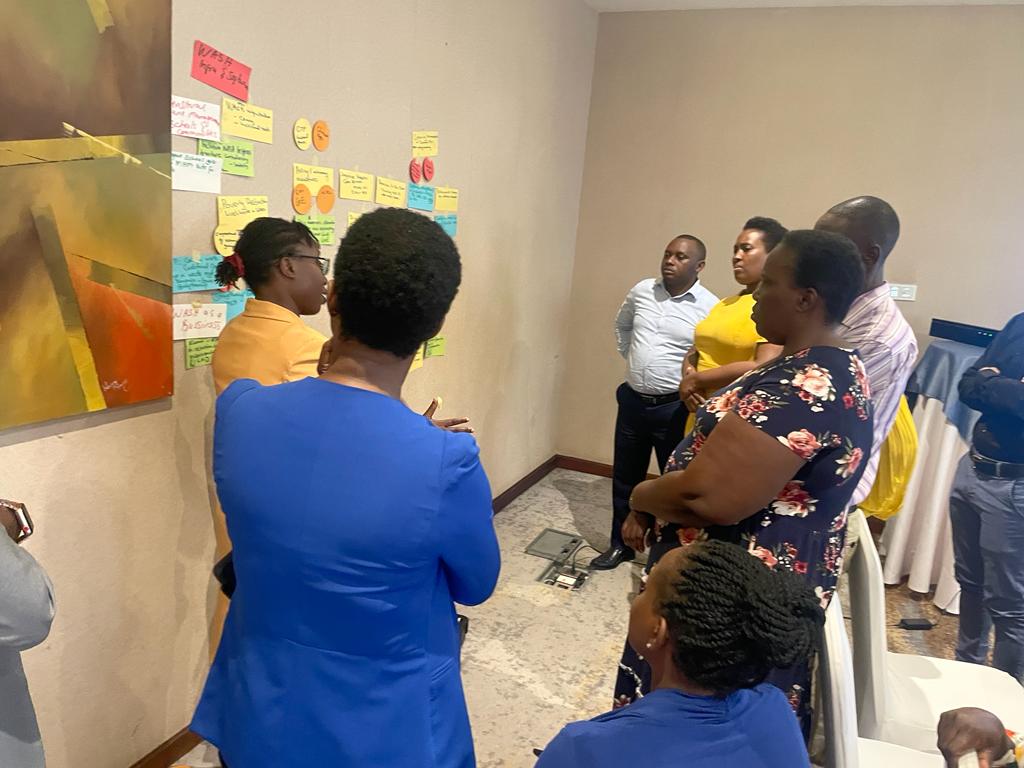
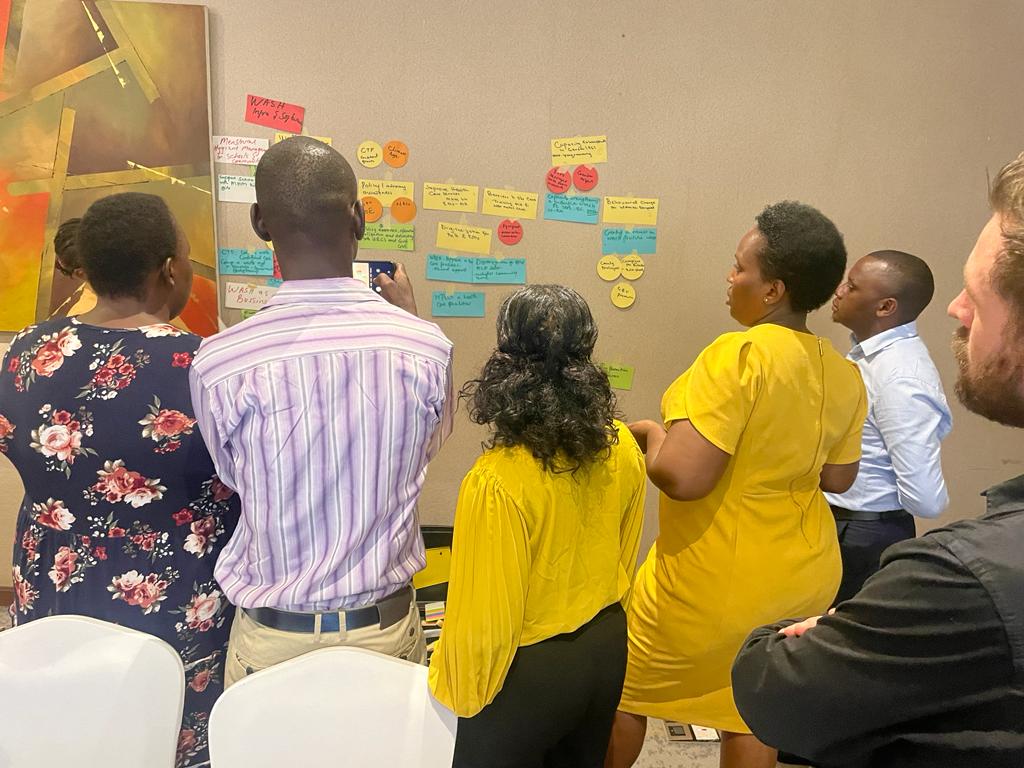
Findings of the Gender Gap Analysis
Below are some of the observations from discussions with the community and consultation with URCS & ERCS staff members.
Community level Gender and WASH issues
- Limited understanding of Gender WASH related issues even within and among community members.
- Low capacity of women and other marginalized groups, that undermines their participation in key decision WASH processes, even when women have representation.
- Low economic affordability of especially women and girls yet financial and economic ability is a source of power and authority in community engagements.
- Lack of gender and inclusive WASH infrastructure and technology within communities for example absence of latrines with MHM rooms in schools, hospitals etc undermining women, girls and other marginalized groups access to WASH services.
- Protection and security concerns especially affecting women and girls as they have to walk long distances to collect water. They have to also wake up early to fetch water and are more vulnerable to attack and abuse.
- Availability and affordability of sanitary pads, and stigma and lack of understanding around menstruation.
- Infections related to Sanitation are biggest killers for infants under 5years.
- Women still deliver at home alone or in the presence of unskilled birth attendant. Lack of hygiene during childbirth affects the health of mothers and newborns.
Best Practices of Skybird I program
- Training for staff in PGI and have since developed PGI action plans. It was observed that PGI training happened at national level, and as well targeted 1 or 2 participants from the RC branches.
- The NRCs have in-built gender structures in form gender committees and in some cases PGI focal point persons and a PGI taskforce for the case of Uganda.
- Some micro projects implemented in Ethiopia and Uganda had specific focus on gender for example the Prevention of GBV project in Ntungamo and those implemented in Ethiopia to address issues of land degradation and hence increasing potable water.
- A gender analysis exercises both in Uganda and ERCS. URCS has since instituted the prevention against Sexual harassment exploitation and abuse policy, and ERCs has since embarked on drafting and are yet to be finalized.
- The program was accommodative of diversity, and contributed to addressing various drivers of poverty and gender inequality in WASH.
- Establishment of the Model WASH homes e.g., in Napak-Uganda. Homes with washable latrines, tippy taps and bathing shades have provided good practical example for change in attitudes and practices on hygiene and sanitation within the communities.
- Both NRCS have undertaken a process to develop and contextualize the IFRC PGI manual in support of the IFRC PGI East Africa office. This is a good step towards institutionalization of PGI.
Recommendations and Areas of Improvement
- Build staff capacity in gender transformative approaches including human rights-based approach, engaging men and boys for gender transformation, Women leadership, and Gender Results Based management.
- Development and support coordinated gender-sensitive M&E frameworks to facilitate the generation and use of gender-sensitive and inclusive data and information in programming, budgeting, and reporting at all levels.
- Promote use of gender and PGI as key selection criteria for Micro projects.
- Review and support the development of Gender-sensitive indicators in logical frameworks of all WASH programs. The concerns and experiences of women and men, PWDs, youth, and elderly should be an integral part of program design, implementation, monitoring and evaluation.
- ERCS and URCS engage in advocacy work with government departments and popularize and support implementation of Policies and guidelines on mainstreaming Gender in WASH.
- Establishment of a mechanism for the provision of targeted subsidies, economic incentives and new credit facilities and financing mechanisms to attract women and other vulnerable groups participation in WASH related entrepreneurship and management.
- Enhance women leadership skills and self-esteem for participation in water and sanitation leadership positions.
- Engage young people, adolescent girls, and/or boys to influence gender stereotypes.
